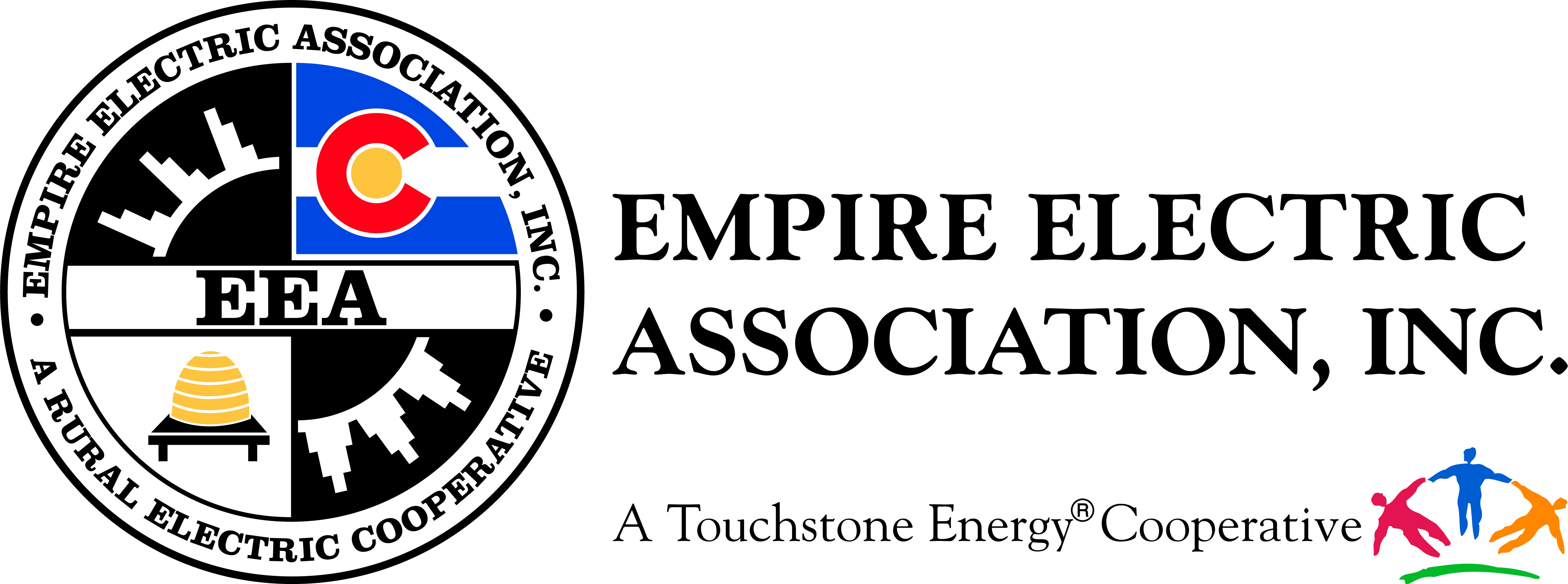Renewable energy has enjoyed a considerable increase in use as government programs and state regulations have mandated increasing use of the sources versus fossil and other fuel alternatives. Perhaps the most common option for home owners is the solar photovoltaic (PV) system that converts sunlight into electricity.
Solar PV systems can be mounted on the roof, if it is facing the right direction, or on the ground. Where possible, consider a ground mounted system. If a problem occurs with your roof under a roof-mounted solar PV installation, some or all of it must be removed to make repairs. In extreme cases, this could equal the original cost of the entire system.
The concept behind a residential solar PV system is that using the sun's energy reduces the use of non-renewable sources providing an environmental benefit. EEA allows these systems to be interconnected to the distribution grid. This serves two purposes; first, your home can receive power when there isn't enough sunlight to generate electricity (cloudy days and at night) and second, you can support the sale of excess solar energy to the utility. This is called net metering.
Before doing anything that commits you to a contract to install a solar PV system on your home, contact EEA's Energy Management Advisor (EMA) to discuss the requirements for interconnection. If your contractor does not follow EEA's guidelines, you run the risk of not being allowed to interconnect. There are reasons to this, but the most important one is safety. All such systems must have a "grid-tied" capability that disconnects the system from the grid in a power outage. This protects line crews and others from your system sending power into the grid and injuring or killing someone.
For more information about how EEA supports distributed generation and distributed energy resources, contact energy_management@eea.coop or call the Energy Management Advisor at (970) 565-4444.
Own, Lease or Subscribe?
When considering solar power, you may have options related to ownership. The first is when you own the system, investing your own money into the installation and maintenance of the system. In this option, you receive any investment tax credits available, any revenue from the sale of renewable energy credits (RECs) and receive the output of your system. You will be responsible for proper disposal of the system at its end of life, usually around 20-25 years (using a typical warranty as a guide).
If you prefer not to take the ownership route, leasing options may be available in your area. Companies that offer this option will design, install, and maintain the system for you. They receive the tax credits and revenues from the sales. They may also receive any revenue from excess power sales to the local utility. In exchange, you are free from all ownership risks and get renewable energy. In the lease situation, you may pay a monthly fee to the solar company, pay a kWh charge for the solar used, or both.
Participation in a community solar project is another option that is available. A contractor will build a large solar PV system and then solicit subscriptions from interested home and business owners. EEA has two community gardens located at its headquarters. To find out more about these options, contact EEA at (970) 565-4444.
EEA also offers a green power program. You can learn more about this program and sign up online at Green Power Program.
